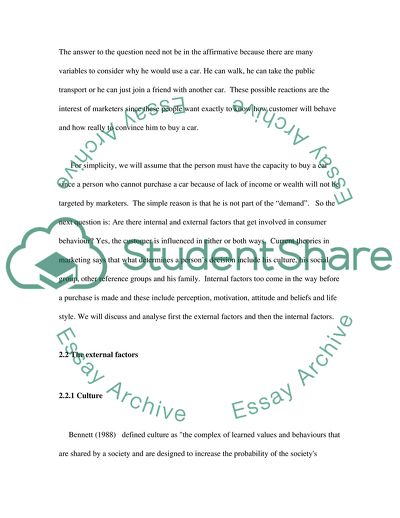Cite this document
(Major Factors that Affect Consumer Buying Behavior Coursework, n.d.)
Major Factors that Affect Consumer Buying Behavior Coursework. https://studentshare.org/sociology/1705823-identify-analyse-and-evaluate-the-major-factors-that-could-affect-consumer-buying-behaviour
Major Factors that Affect Consumer Buying Behavior Coursework. https://studentshare.org/sociology/1705823-identify-analyse-and-evaluate-the-major-factors-that-could-affect-consumer-buying-behaviour
(Major Factors That Affect Consumer Buying Behavior Coursework)
Major Factors That Affect Consumer Buying Behavior Coursework. https://studentshare.org/sociology/1705823-identify-analyse-and-evaluate-the-major-factors-that-could-affect-consumer-buying-behaviour.
Major Factors That Affect Consumer Buying Behavior Coursework. https://studentshare.org/sociology/1705823-identify-analyse-and-evaluate-the-major-factors-that-could-affect-consumer-buying-behaviour.
“Major Factors That Affect Consumer Buying Behavior Coursework”. https://studentshare.org/sociology/1705823-identify-analyse-and-evaluate-the-major-factors-that-could-affect-consumer-buying-behaviour.


